Umberto Eco told Iranian-French writer Lila Azam Zanganeh (born February 20, 1976) that he had replaced his 60 daily cigarettes with an "unlit cigar" ("Umberto Eco, The Art of Fiction No. 197," The Paris Review, issue 185, Summer 2008).
Umberto Eco in 1981, four years after publishing Come si fa una tesi di laurea, Italian original of How to Write a Thesis: Elisa Cabot, CC BY SA 2.0, via Flickr @ https://www.flickr.com/photos/76540627@N03/7822340046/
Umberto Eco is emeritus professor and president of Scuola Superiore di Studi Umanistici (Graduate School for the Study of the Humanities) at Università di Bologna, founded in 1088 with centuries of tradition as center of learning.
Henry of Germany delivers a lecture to university students in Bologna, a depicted in Liber ethicorum des Henricus de Alemannia, 14th century (ca. 1360 - 1390) parchment by Laurentius de Voltolina.
Kupferstichkabinett (Museum of Prints and Drawings), Berlin, northeastern Germany: Public Domain, via Wikimedia Commons @ https://commons.wikimedia.org/wiki/File:Laurentius_de_Voltolina_001.jpg
In his Foreword to How to Write a Thesis, Francesco Erspamer, Harvard University Romance Languages and Literatures Department, noted prior translation of Eco's Italian original into 17 languages, including Persian (1996), Russian (2001), Chinese (2003).
"Una tesi è come unapartita a scacchi fatta di tante mosse, salvo che dall'iniziodovreste essere in grado di predire le mosse che fareteper dare scacco all'avversario, altrimenti non ci arriverete mai." (Come si fa una tesi di laurea, page 121)
"4.1 The Table of Contents as a Working Hypothesis," How to Write a Thesis, page 108: MIT Press @mitpress, via Facebook August 27, 2015, @ https://www.facebook.com/mitpress/posts/10153572236899894
In 2015, Chicago's DePaul University wife-and-husband professors Caterina Mongiat Farina (Modern Languages Department) and Geoff Farina (School of Music) published How to Write a Thesis, their translation of Umberto Eco's Italian original, Come si fa una tesi di laurea.
Umberto Eco (right) with Italian journalist and television host Piero Angela; Thursday, September 10, 2015, six months after March 6, 2015, release date of How to Write a Thesis
Festival della Communicazione, Comigli, Liguria Region, northwestern Italy; Thursday, September 10, 2015, 16:19:54: Alessio Jacona, CC BY SA 2.0, via Flickr @ https://www.flickr.com/photos/blogs4biz/21245840468/
Umberto Eco is a member of Accademia dei Lincei (literally "Academy of the Lynx-Eyed"), an Italian science academy founded in Rome in 1603.
The Academy's offices are housed in Palazzo Corsini, a 1730-1740 late baroque palace built for florentine princely family of Corsini.
Via della Lungara 10, Rione Trastevere (R. XIII), Rome, central-western Italian Peninsula; Sunday, October 8, 2006, 12:02: Lalupa, CC BY SA 3.0, via Wikimedia Commons @ https://commons.wikimedia.org/wiki/File:Trastevere_-_Accademia_dei_Lincei_alla_Lungara_01593.JPG


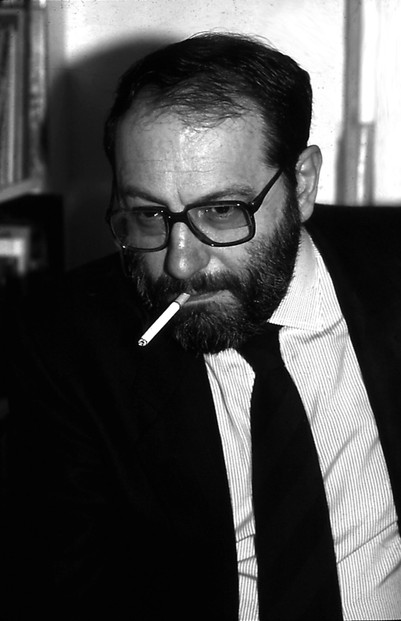
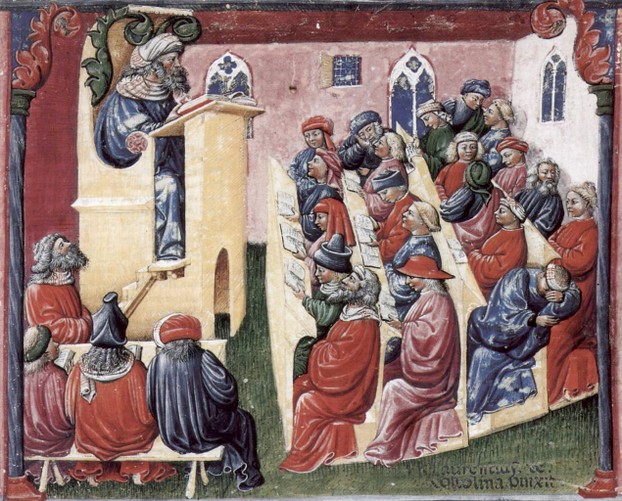
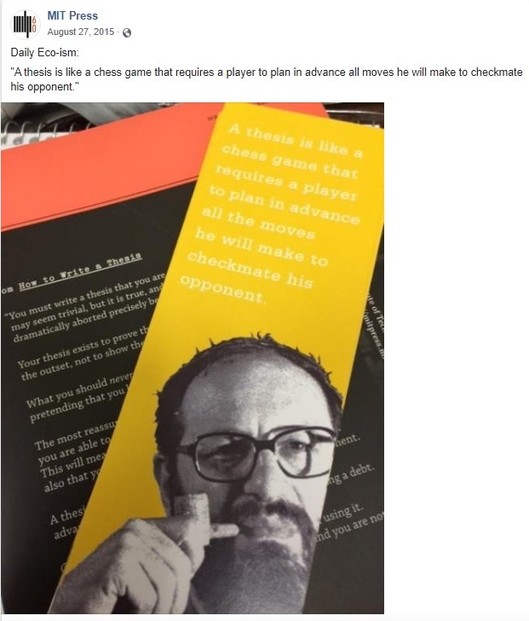
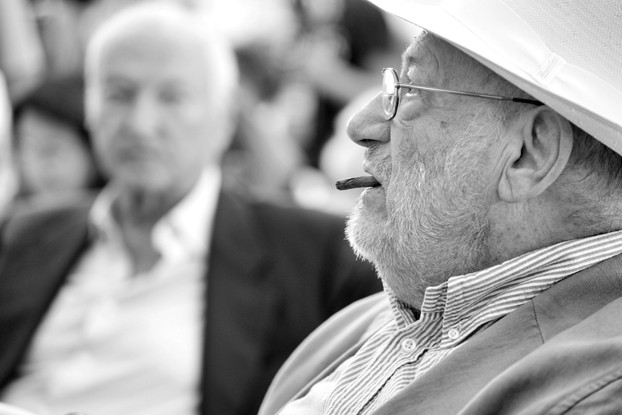
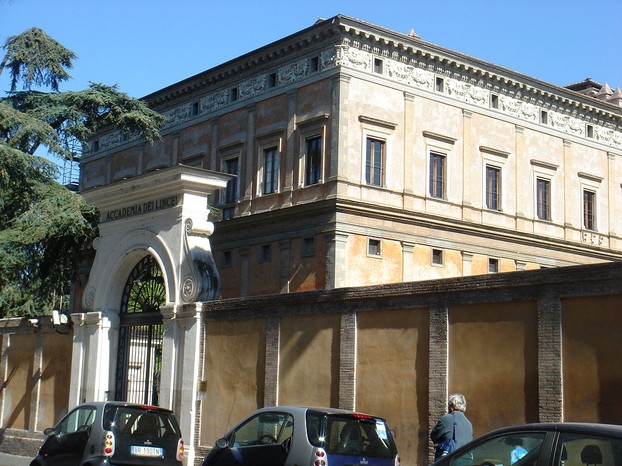




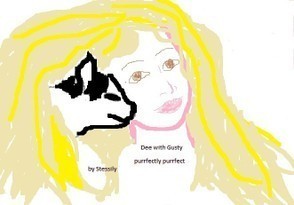
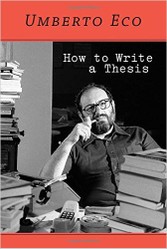

 Are Hawaiian Huakai Po Nightmarchers Avenging Halloween Thursday?on 10/02/2024
Are Hawaiian Huakai Po Nightmarchers Avenging Halloween Thursday?on 10/02/2024
 Mailing Addresses for 2023 Form 4868 Extending 1040 and 1040SR April 15, 2024, Due Dateon 04/15/2024
Mailing Addresses for 2023 Form 4868 Extending 1040 and 1040SR April 15, 2024, Due Dateon 04/15/2024
 Mailing Addresses for 2023 Forms 1040 and 1040SR Filed in 2024on 04/15/2024
Mailing Addresses for 2023 Forms 1040 and 1040SR Filed in 2024on 04/15/2024
 Mailing Addresses for 2022 Form 4868 Extending 1040 and 1040SR April 18, 2023, Due Dateon 04/13/2023
Mailing Addresses for 2022 Form 4868 Extending 1040 and 1040SR April 18, 2023, Due Dateon 04/13/2023

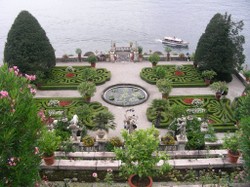
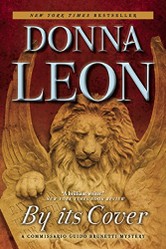
Comments